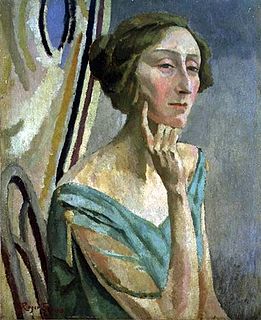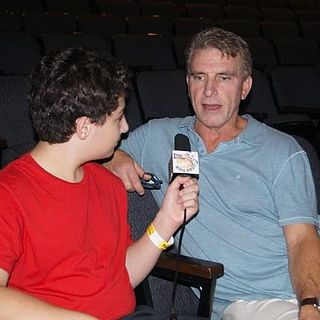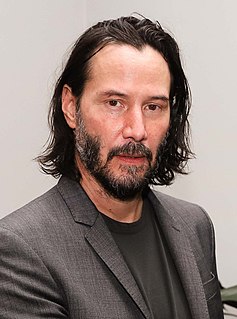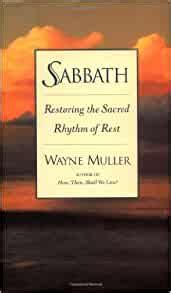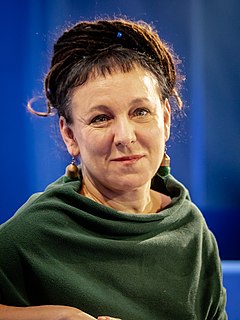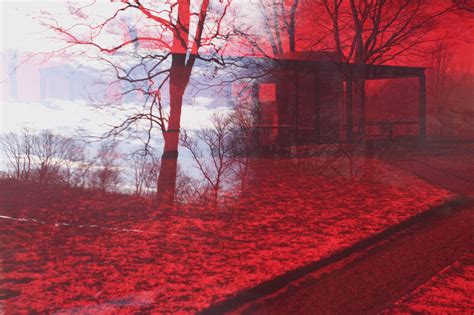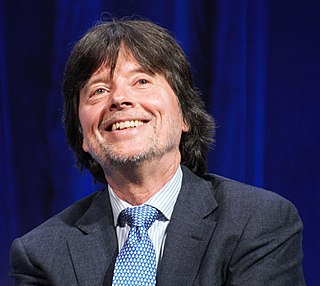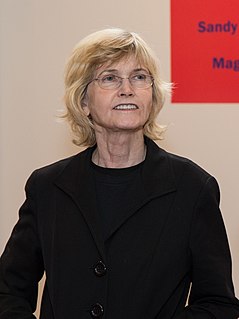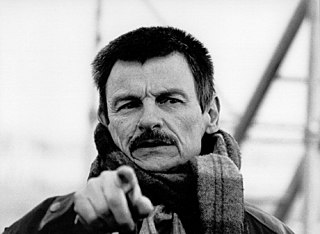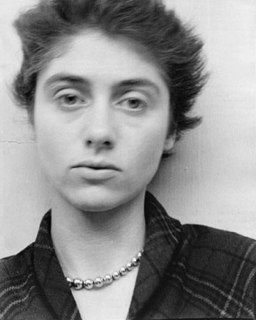A Quote by Henri Cartier-Bresson
What reinforces the content of a photograph is the sense of rhythm - the relationship between shapes and values.
Quote Topics
Related Quotes
Our relationship would never vary from its allegiance to the shared values, the shared religious heritage, the shared democratic politics which have made the relationship between the United States and Israel a special-even on occasion a wonderful-relationship ... The United States admires Israel for all that it has overcome and for all that it has accomplished. We are proud of the strong bond we have forged with Israel, based on our shared values and ideals. That unique relationship will endure just as Israel has endured.
If you look at the India-US relationship for example, the role that the Indian diaspora has played in the relationship is extremely crucial. Yes, we share democratic values but there is also the great role that the Indian diaspora has played in strengthening the bond of friendship between India and the US, and of course in underscoring the democratic values between the two countries.
All life requires a rhythm of rest. . .
There is a rhythm in the way day dissolves into night, and night into morning. There is a rhythm as the active growth of spring and summer is quieted by the necessary dormancy of fall and winter. There is a tidal rhythm, a deep, eternal conversation between the land and the great sea.
I think I am most fond of the unseen part. I mean that the various cultural experiences that I go through, and the behavioral aspects of getting the work done, are just as important as the installation and the photograph. So, for me, the relationship between the two is more about hybridism and the search for an ideal form that I'm never going to arrive at. The installation and the photograph are mere approximations of this ideal.
Abstraction didn't have to be limited to a kind of rectilinear geometry or even a simple curve geometry. It could have a geometry that had a narrative impact. In other words, you could tell a story with the shapes. It wouldn't be a literal story, but the shapes and the interaction of the shapes and colors would give you a narrative sense. You could have a sense of an abstract piece flowing along and being part of an action or activity. That sort of turned me on.
IN THE CINEMA A DIRECTOR EXPRESSES HIS INDIVIDUALITY FIRST AND FOREMOST THROUGH HIS SENSE OF TIME, THROUGH RHYTHM. RHYTHM GIVES COLOUR TO A WORK BY DISTINGUISHABLE STYLISTIC CHARACTERISTICS. RHYTHM MUST ARISE NATURALLY IN A FILM, A FUNCTION OF THE DIRECTOR'S INNATE SENSE OF LIFE AND COMMENSURATE WITH HIS QUEST FOR TIME.

